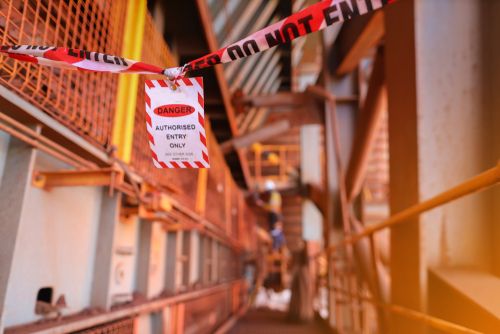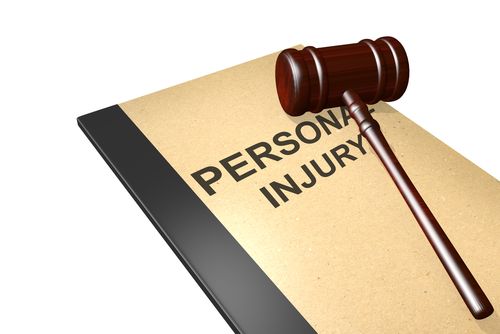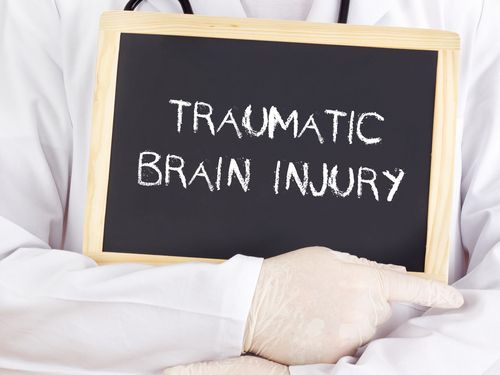Blind Spot Accidents: Everything You Need to Know

If you are involved in an accident caused by a blind spot, it’s crucial to consult with an experienced car or truck accident attorney.
According to the latest data in the Traffic Safety Facts Report from the National Highway Traffic Safety Administration (NHTSA), there were more than 6.1 million traffic crashes in the US in a recent year. Almost 43,000 people were killed in fatal crashes, and about 2.5 million people were injured.
The NHTSA has used the enormity of these accident statistics to highlight the importance of emerging driver assistance technologies in helping to prevent accidents caused by human error, like those caused when a vehicle is caught in a car’s or truck’s blind spots. If you’ve been seriously injured in an accident caused by a car or truck driver’s blind spot, it’s important to get help from an experienced car accident lawyer.
Where Are Blind Spots on a Car?
Blind spots on a car can vary in location, but these are generally the main areas where they can occur:
- Rear blind spot – located behind the driver’s shoulder and to the right side of the vehicle.
- Front blind spot – located in front of the vehicle, typically in between the two front pillars or windshield frames. In larger trucks and SUVs, the front blind spot extends for ten feet or more in front of the vehicle.
- Side blind spots – located on either side of the vehicle, adjacent to the driver and passenger doors. Even with correctly positioned side view mirrors, these blind spots become especially dangerous when changing lanes on highways and interstates.
Where Are Blind Spots on a Semi Truck?
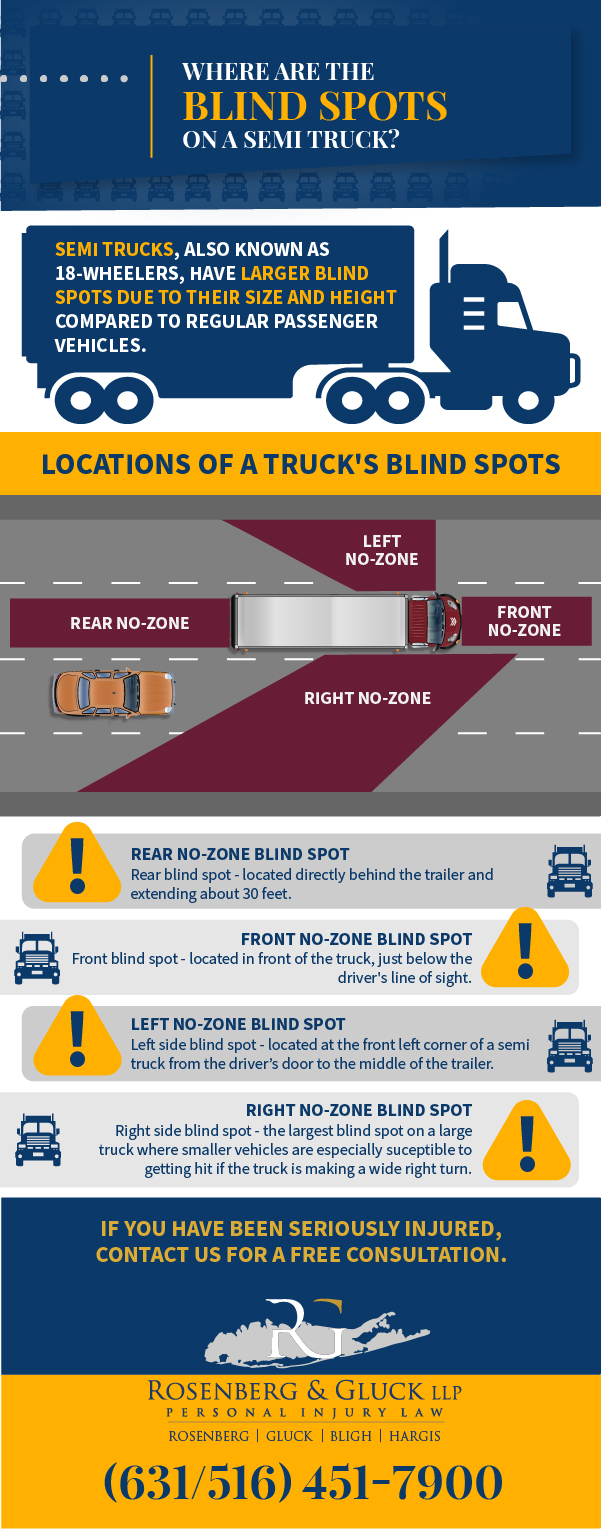
Semi trucks, also known as tractor-trailers or 18-wheelers, have larger blind spots due to their size and different design compared to regular passenger cars. Because of their sheer size and weight, a blind spot truck accident can cause significant damage and serious injuries to small car drivers.
Locations of Truck Blind Spots
A truck’s blind spots are commonly referred to as “no-zones” where truck drivers are unable to see smaller vehicles and include:
- Rear blind spot – located directly behind the trailer and extending about 30 feet.
- Front blind spot – the front no-zone is located in front of the truck, just below the driver’s line of sight.
- Left side blind spot – located at the front left corner of a semi truck from the driver’s door to the middle of the trailer.
- Right side blind spot – the largest blind spot on a semi truck because of where commercial truck drivers sit in a truck’s cab. Smaller vehicles traveling in this blind spot are especially susceptible to getting hit if the truck is making a wide right turn.
Understanding the “No-Zone”
The “no-zone” refers to large, critical areas around a vehicle, particularly commercial trucks and buses, where other vehicles disappear from the driver’s sight. These are essentially the most dangerous blind spots. For large vehicles, the no-zone includes areas directly in front, directly behind, and along each side especially when the smaller vehicle is in the lane to the right of the truck, where the blind spot is larger. When smaller vehicles, like cars or motorcycles, are in these no-zones, they become invisible to the truck or bus driver, increasing the likelihood of accidents. It’s crucial for all drivers to understand and respect these no-zones by maintaining a safe distance and making sure they can see the truck or bus driver in the vehicle’s mirror before moving ahead.
How Do Blind Spot Monitoring Systems Work?
Blind spot monitoring systems, also known as blind spot detection or blind spot information systems, use sensors and cameras to monitor the vehicle’s surroundings and detect objects in its blind spots. These systems typically rely on radar technology that can sense objects within a certain distance from the vehicle.
Alerts and Driver Assistance
When an object is detected in the blind spot, an alert will be sent to the driver through a visual or audible signal, warning them of potential danger. Some systems may also have the ability to automatically apply brakes or adjust steering to avoid collisions. Blind spot monitoring systems are becoming increasingly popular in modern vehicles, with many car and truck manufacturers making this technology standard in newer models.
How Do I Find Out If My Car Has a Blind Spot System?
To find out if your car is equipped with a blind spot monitoring system, you can refer to the National Highway Traffic Safety Administration (NHTSA) website. The NHTSA’s Driver Assistance Technologies page provides a comprehensive database of various vehicle models and their respective driver assistance technologies, including blind spot detection systems. By inputting your vehicle’s make and model, you can quickly ascertain if your car includes this potentially life-saving feature.
Common Types of Car Accidents on Long Island Caused by Blind Spots
As mentioned, blind spots can often be the cause of car accidents on Long Island, particularly when drivers are unaware of their surroundings or fail to properly adjust their mirrors. Some common types of car accidents caused by blind spots include:
- Lane change collisions: When a driver attempts to change lanes without checking their blind spot, they may collide with another vehicle in that area.
- Rear-end collisions: If a driver is unaware of a vehicle in their blind spot when reversing, they may accidentally collide with another vehicle even when using their rearview mirrors.
- Merging accidents: Similar to lane change collisions, merging accidents occur when a driver fails to check their blind spot before merging onto a highway or changing lanes.
- Turning truck accidents: Blind spots can also be a factor in turning accidents, where a truck driver may not see another vehicle or pedestrian when making a turn.
- Pedestrian or cyclist accidents: Blind spots can also be hazardous to pedestrians or cyclists who may be in the blind spot of passenger vehicle drivers, bus drivers, or truck drivers, making them invisible.
Key Responsibilities and Safety Measures for Drivers to Avoid Blind Spot Accidents
It’s essential for drivers to always stay aware of their surroundings and make necessary adjustments to minimize blind spots, such as properly positioning mirrors and checking over shoulders when changing lanes. Blind spot monitoring systems can also provide an extra layer of safety by alerting drivers to potential hazards they may not have noticed before. Ultimately, it’s every driver’s responsibility to stay vigilant and practice safe driving habits to prevent accidents caused by blind spots.
Common Injuries from Blind Spot Accidents
Accidents caused by blind spots can result in various injuries, depending on the severity of the collision. Some common injuries sustained from these accidents include:
- Whiplash: This occurs when a sudden impact causes the head to jerk forward and back rapidly, injuring the neck muscles and tendons.
- Concussion: A concussion is a form of traumatic brain injury that can occur when the head experiences a sudden jolt or blow.
- Broken bones: In more severe accidents, victims may experience broken bones from the impact of the collision.
- Spinal cord injuries: These can range from minor strains to more serious injuries that can result in paralysis and can require long-term care.
- Internal bleeding: Due to the force of an accident, internal organs can be damaged and cause internal bleeding, which can be life-threatening if not treated promptly.
Legal Assistance and Compensation for Blind Spot Accident Victims
If you’ve been involved in a blind spot accident, don’t wait to seek legal help. The experienced attorneys at Rosenberg & Gluck LLP are dedicated to fighting for your rights and ensuring you receive the full and fair compensation you deserve.
Contact Rosenberg & Gluck LLP today for a free consultation. Our knowledgeable attorneys will review your case, answer your questions, and provide the guidance and support you need during this challenging time. We work on a contingency fee basis, so you won’t owe us anything unless we win your case.
